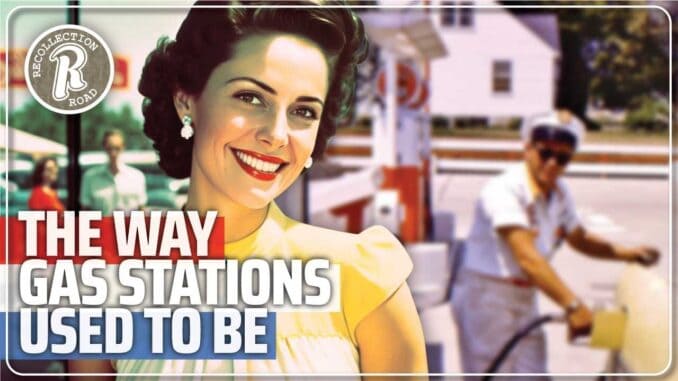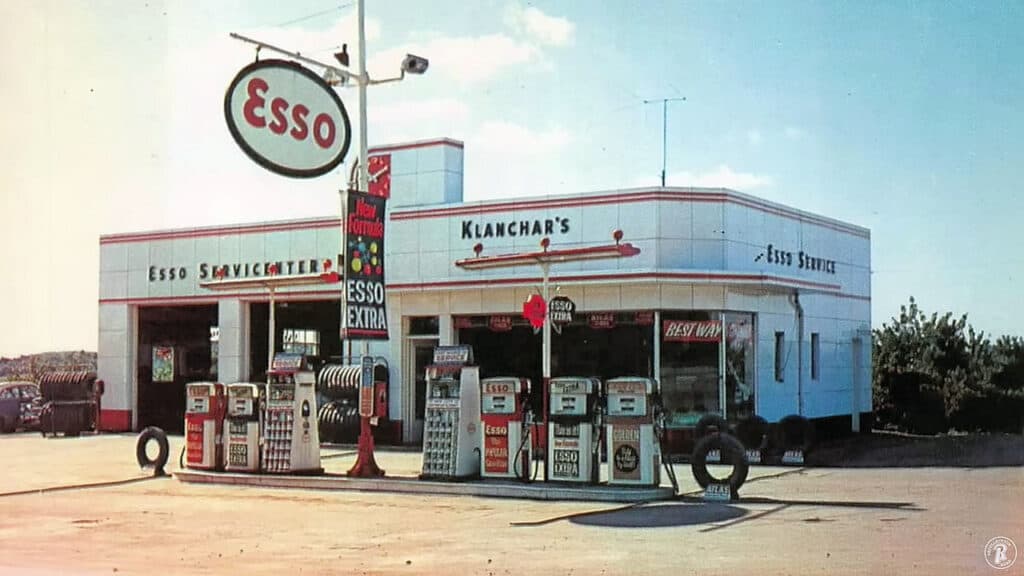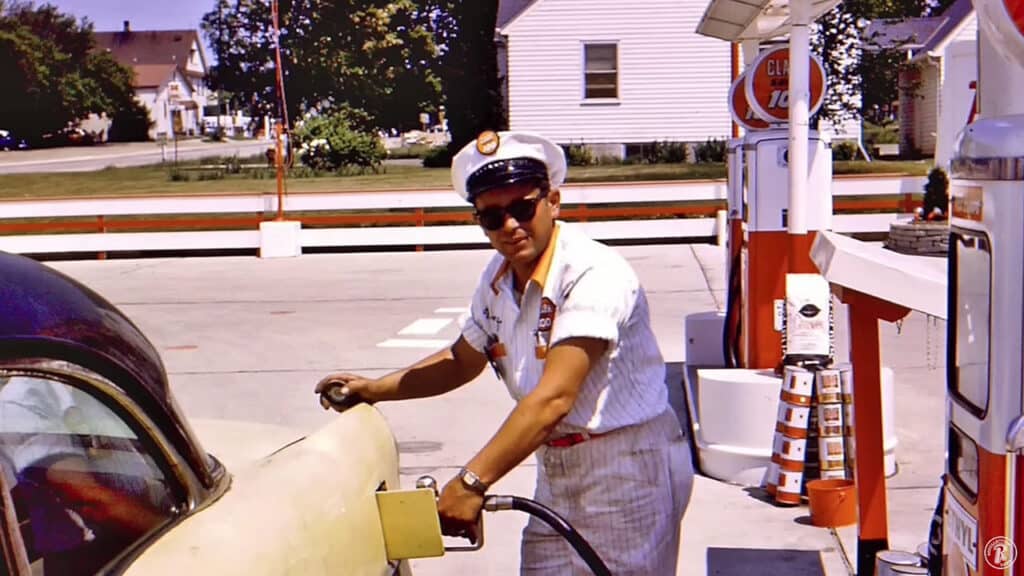
Once all-encompassing automotive destinations, old-school gas stations hold a special place in our hearts, and many of the amenities we remember are dearly missed. For those who grew up during that era, gas stations were more than mere fueling spots; they served as social hubs where people gathered and caught up with one another.
Gas stations were known by their brands, with large signs atop the buildings distinguishing Gulf from Shell, Mobil from Sinclair. Everyone had their favorite, and various stations around town competed for business by lowering prices to attract customers.

As you pulled up to a corner gas station, beyond the enticing sign, the first thing you would notice were the attached mechanic bays that were present at almost every station. Gas stations used to be commonly referred to as service stations because many of them had at least one service bay equipped with the necessary tools for tasks ranging from oil changes to tire and brake repairs, and some even offered complete engine overhauls. Service stations would often display a “mechanic on duty” sign, indicating that help was available for motorists experiencing car troubles.
When you decided to pull in, your car’s tires would cross a black rubber hose snaking across the pavement, leading to a bell inside the building. The ding-ding sound signaled an attendant to dash out to your driver’s window and ask, “fill ‘er up?”

These attendants were sometimes called pump jockeys and were as well-dressed as police officers or firefighters, complete with snappy hats and bow ties. The uniform shirt typically featured the company logo on one pocket and the employee’s name embroidered on the other. The attendant usually carried a roll of fives and singles in their shirt pocket for making change. The sight of that cash wad would make every kid aspire to work at a gas station at some point.
Pumping gas was not the only task attendants performed — it was part of their routine to automatically check under the hood. They would inspect the water in the radiator, battery terminals, tire pressure, and oil levels. Each attendant had a rag hanging out of their back pocket, which they used to wipe down the oil dipstick before presenting it to the driver for inspection. They would then grab a squeegee and meticulously clean the panoramic windshields of the era with a few extra swipes. All of this was done regardless of whether the customer had requested a mere 50 cents’ worth of gas or a full tank.
Speaking of gasoline, pumps were designed to never display a price of one dollar per gallon. When that price became a reality, station owners had to retrofit their pumps. Some took the easy route by simply doubling the price. At that time, pumps only had space for three digits in the price-per-gallon slot, and one of those digits was reserved for nine-tenths of a cent.
Before 1971, automotive engines had soft valve seats, and leaded gasoline served as a lubricant to prevent excessive wear. However, starting in 1973, the Environmental Protection Agency imposed limits on lead content in gas, so newer cars were equipped with catalytic converters, requiring unleaded fuel. By the mid-1970s, attendants would ask customers if they wanted leaded or unleaded fuel, replacing the previous “regular or ethyl” options.
Even before self-service and pay-at-the-pump card swipers, customers could use credit cards to purchase gasoline at some gas stations. The attendant would take the card inside to process the payment using a manual credit card machine and printer, then bring the slip back to the car on a small tray along with a pen for the customer to sign. Eventually, gas stations became more technologically advanced.



